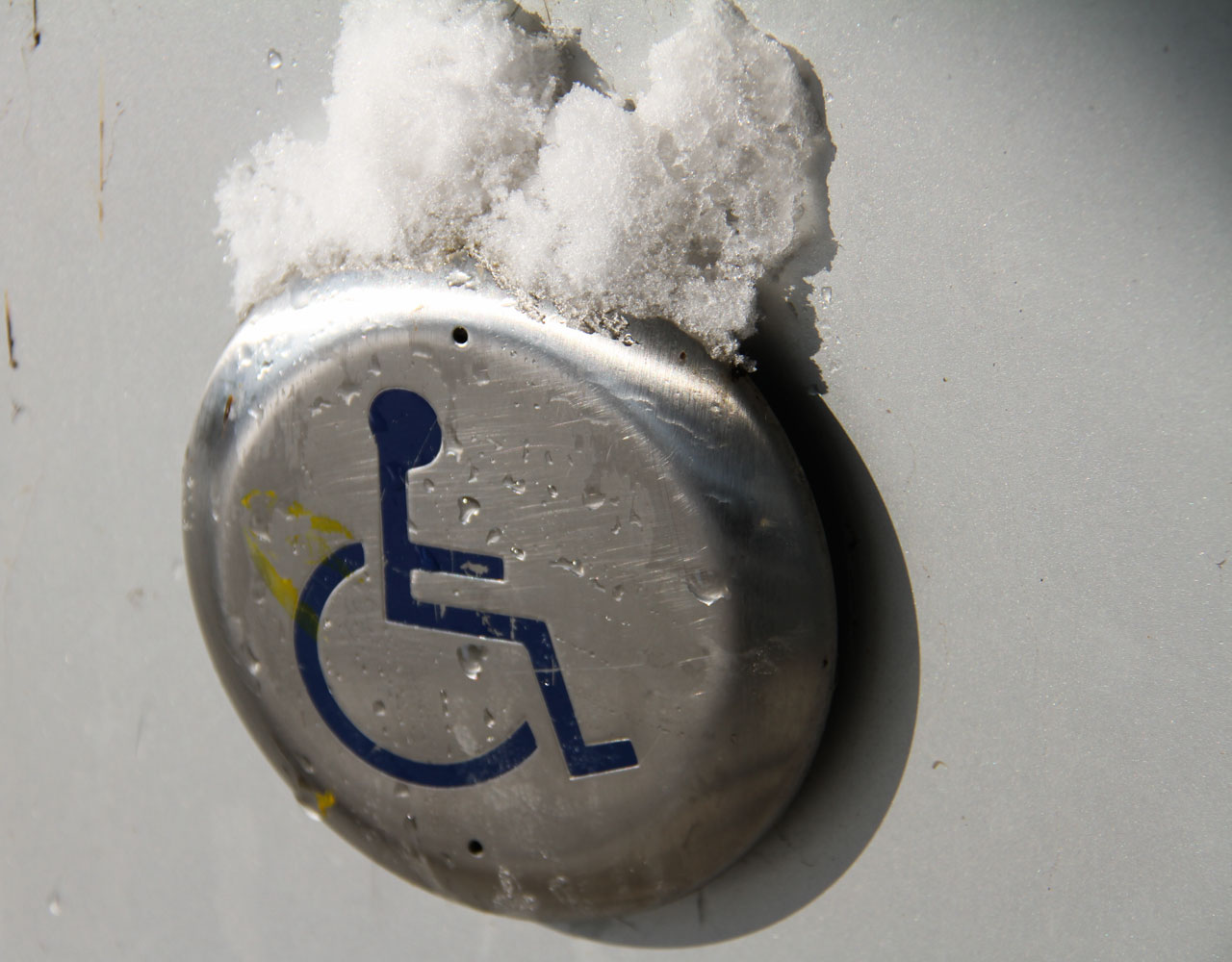Snowy weather this winter season may be a chilly inconvenience for some students, but for others, it’s a challenge to get around.
Brett Babcock, a Carleton student who identifies as physically disabled, said that winter becomes incredibly difficult for those with disabilities.
“It is difficult being trapped inside, not being able to go outside and getting fresh air,” he said. “I’m a competitive track and field racer, so I’m used to training all spring, summer and fall, so being cooped up inside takes a toll on your mentality and your well-being.”
He added that snow makes public transit inaccessible, both on and off-campus.
“There is a space between the sidewalk and bus that’s not always plowed, so sometimes the bus ramp can’t actually come down all the way because there is a snow bank,” Babcock said. “The bus driver has to drop me off at the next closest stop, and sometimes that’s three stops later.”
He added that he can’t go over snow more than a few centimeters tall in his wheelchair. When he does, his clothes get covered in snow and water because of the motion involved in pushing his wheelchair.
Babcock said that a common struggle for students with disabilities is getting to Carleton in the winter. According to him, this tarnishes academic performance and campus involvement.
“They wake up and it’s a surprise how much snow there is. They’re dependant on the snow removal of their apartment building, sideways, and bus stops. There isn’t that consistency of knowing if you’re going to go to class,” he said.
Babcock said that he lives on campus for accessibility purposes, citing Carleton’s tunnel system as a draw for students.
“There are multiple ramps that aren’t to code, but at the same time I don’t want to complain, because I’d rather there be a ramp than have to go outside,” he said.
Bruce Hamm, the student services advisor at the Paul Menton Centre, said the tunnel system is a huge advantage for accessibility on campus.
“We are very fortune to have the tunnel system, so that people can move freely from building to building without having to weather the elements and worry about whether certain places have been cleared, certain sidewalks have been cleared,” Hamm said.
Babcock said that online classes can be a good alternative.
“Carleton is headed in the right way of opening classes because sometimes post-secondary education isn’t always accessible to students regardless of winter depending on the type of disability,” he said.
Hamm said the biggest problem facing university students with disabilities is being able to get to class.
“We do have to be concerned about the weather and . . . not just [for a] student with disabilities, but any student, to make it easier, and how well they can access the buildings from parking lots and public transit drop-off points,” Hamm said.
Photo by Meagan Casalino






